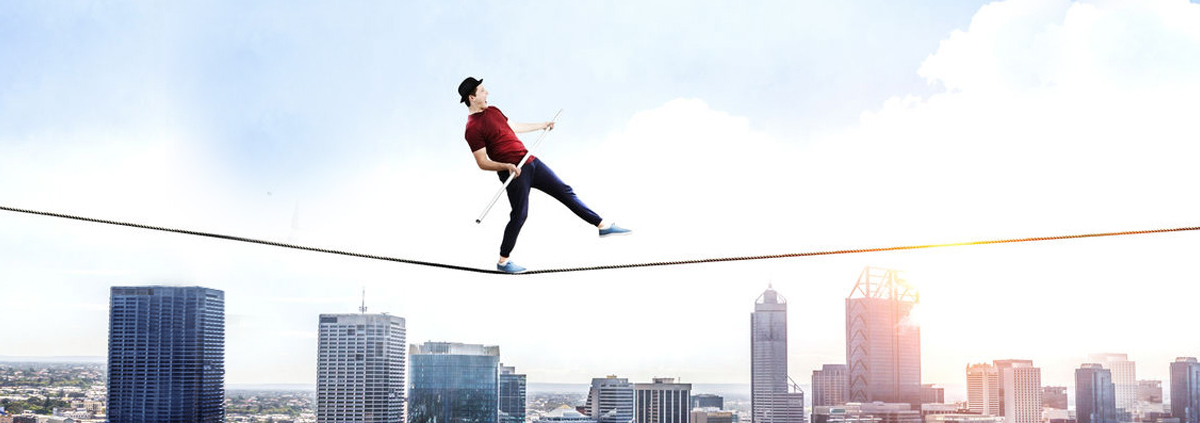Balancing Act
The final component of everything we’ve covered this month to date is balance, the integration of every physical component of health we’ve talked about: muscular strength, endurance, stamina, flexibility, bones, and joint health. If we work on every one of the prior physical components, it enhances our ability to stay upright until we choose not to be.
One of the best illustrations of this I’ve seen was a video of members of an assisted living facility. Their balance was tested, and then they were put on an exercise program. Stretching, strengthening, and flexibility were part of a 12-week program; then the subjects were retested. They all had better balance. The average age of the people in the study was over 90 years old, including a few that were over 100.
Falling is a significant problem that impacts our willingness to move. We lose confidence and we aren’t able to live to our potential. Going down a flight of stairs, reaching for objects, even walking on a carpet are significant impediments to moving. Training the body can help with that no matter how old we are.
You may be thinking, “But what about the brain? That’s involved in balance, too.” Of course it is, but as you train the muscles, you’re also training the brain to respond more quickly. I’m not suggesting people will be ready to walk a tightrope over Niagara Falls, but they’ll have better balance than before.
Speaking of the brain, as we get older, that becomes the primary concern of most people. Next week, we’ll find out how to take care of that.
What are you prepared to do today?



